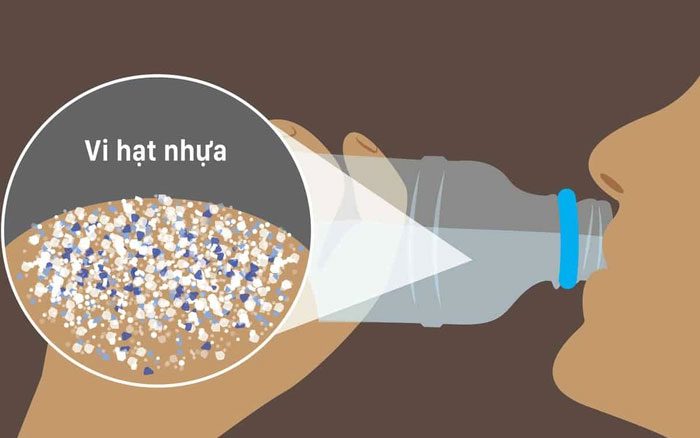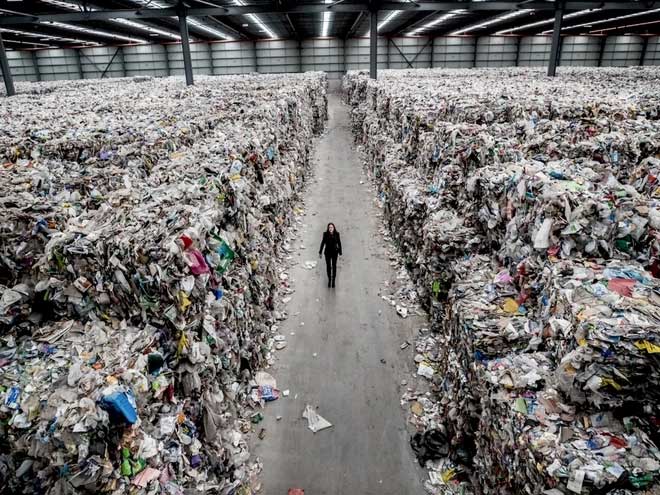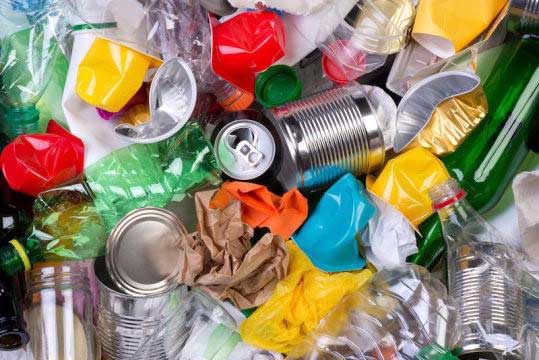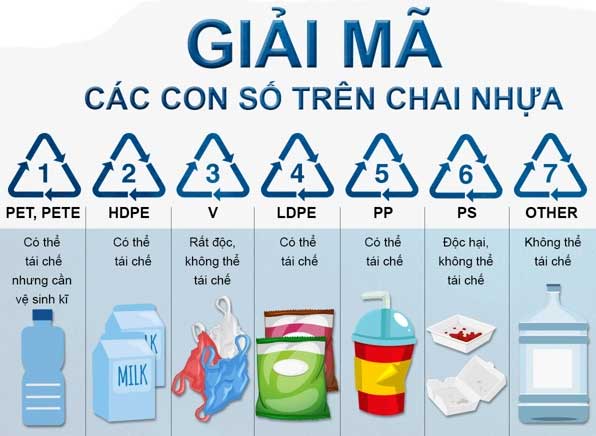There is much debate about whether or not to use plastic, especially as the discussion surrounding hormone-disrupting plastic materials heats up again.
The Use of Plastic Can Disrupt Hormones
Recent research from King’s College London has shown that microplastics (found in various plastic products) can stress the immune system when they enter the body, affecting hormones and the menstrual cycle in women.
The primary danger associated with microplastics is BPA. This compound is used in plastic production and has been linked to ovarian cysts, endometriosis, breast cancer, cervical cancer, and polycystic ovary syndrome.

Years ago, research from the University of Cincinnati in the U.S. indicated that the chemical used to create hard plastics—bisphenol A (BPA)—poses a risk for metabolic syndrome and other adverse health effects. BPA is present in most canned products and plastic bottles and has been proven to disrupt hormones and negatively affect reproductive health.
Dr. Kristi Pullen Fedinick, a scientist at the Natural Resources Defense Council (NRDC) in the U.S., added that synthetic chemicals in products such as plastics and perfumes can interfere with or disrupt hormone functions. We are exposed to these chemicals daily and are particularly vulnerable, as plastics can have rapid effects in utero, even from childhood.
Importantly, not only consumers of plastic are at risk; producers and those handling plastic waste can also be affected. This is because micro- and nano-plastics can enter the human body through ingestion, inhalation, and dermal absorption.
These substances not only disrupt hormones but also contribute to cancer and congenital disabilities. This explains why individuals living near plastic manufacturing or waste processing facilities have higher rates of certain blood cancers, particularly lymphoma.

To Protect Yourself and the Environment: Should We Completely Abandon Plastic?
Associate Professor Dr. Nguyen Duy Thinh, a former lecturer at the Institute of Biotechnology and Food Technology, Hanoi University of Science and Technology, stated: “The debate on whether to continue using plastic or stop entirely is ongoing. If we look back in time, our ancestors stored food in very good ceramic and porcelain materials, which were heavy and not convenient in daily life and relatively expensive compared to plastic.“
According to the expert, the production of plastic for everyday use is a technological advancement that ensures convenience. “Plastic in general has many risks, but how significant those risks are and whether using biobased materials is the perfect solution remains a debated issue.”
Associate Professor Dr. Nguyen Duy Thinh believes that the best approach is to reduce plastic usage to protect both oneself and the living environment. He advises consumers to use plastic wisely. Recycle what can be recycled. Single-use plastics should be discarded immediately after use. It is crucial not to reuse them later, as the risk of microplastics entering the body is difficult to avoid.

For example, disposable plastic cups used for porridge or dessert or lunch boxes purchased from eateries should be thrown away after use. If using plastic bottles for several refills of drinking water is acceptable (although these should also be discarded after a few uses), plastic containers for oil, milk, etc., which can leach harmful substances into water, should be avoided. In such cases, it is best to refrain from reusing them.
Moreover, in daily life, individuals should maintain healthy habits.
For instance, washing hands frequently throughout the day and before meals can significantly reduce chemical residues going down the drain. Homes should be kept clean and regularly vacuumed. If you habitually store food in plastic containers, consider switching to glass or stainless steel containers and avoid microwaving plastic containers. Canned products are to be avoided due to the high risk of BPA lining; instead, opt for products packaged in cans. Eating as many whole foods as possible and drinking from glass cups is advisable.
Experts recommend that to ensure safety, you should purchase plastic items from reputable brands with certification from testing agencies if you intend to store food. Look for plastics that are clear, shiny, and have a smooth, unblemished surface.
You can check the type of plastic at the bottom of the product:

It is best to choose plastics marked with PET (Polyethylene Terephthalate), HDPE (High-Density Polyethylene), LDPE (Low-Density Polyethylene), and PP (Polypropylene). Do not reuse single-use plastics such as water bottles, straws, or coffee cups.



















































